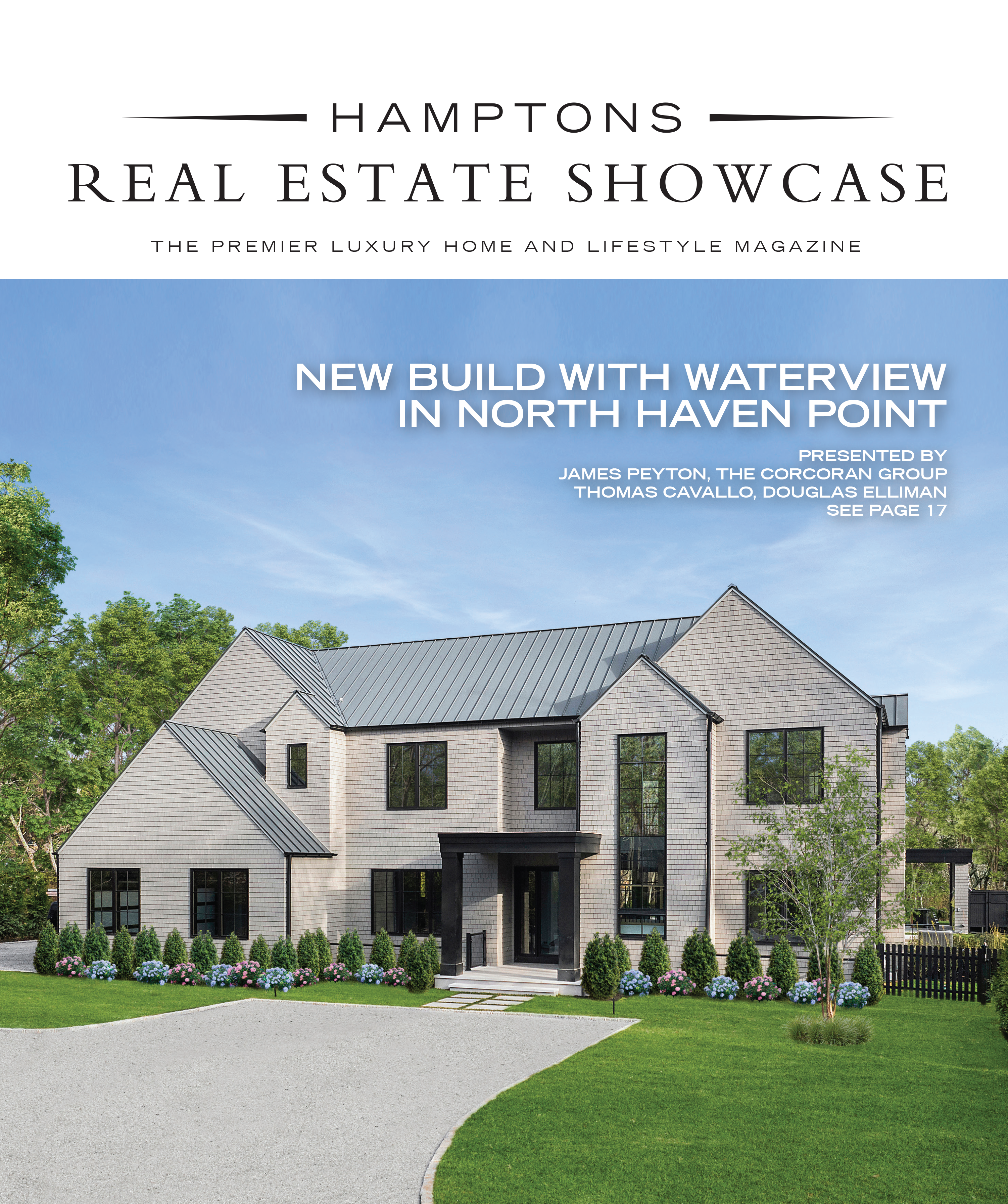For the most part our homes are poisonous environments. From their construction to the décor we furnish them with to our cleaning products they are spewing hormone and endocrine disruptors, carcinogens and neurotoxins into the air.
While we have become conscious of how our processed food is killing us, our awareness of our toxic environments lags behind, according to Peter Sabbeth, principal of Modern Green Home in Bridgehampton. “Few people pay attention to it and it needs to be big,” he says. The more we all ask for nontoxic materials the more pressure will be put on the manufacturers and suppliers.” One thing he has noticed people requesting is a system to automatically turn off Wi-Fi at night.
Fortunately, there is an upswing in nontoxic building materials. While almost all lumber products contain formaldehyde, there are some including particle boards that can be requested toxin-free. Ditto with paints and finishes. Most contain volatile organic compounds (VOCs), but there are increasingly more being produced with low to zero VOCs.
Though rare, some homeowners are paying attention to the home health factor. When Jessica James built her Montauk home she had health in mind. “I didn’t use anything that outgases.” All her interior doors and kitchen cabinets were recycled from her parents’ 1920s house in New Jersey. Ground level floors are porcelain while upstairs floors are salvaged antique wood. Even her mantelpiece is a beautiful piece of driftwood.
Perhaps most important was her decision to allow drafts to enter the space. She chose the least efficient front door – a barn door that “doesn’t close like a clam,” thus allowing clean air to infiltrate. “I’m not a subscriber of recycled air.”
The concept of a healthy home “has recently come on the radar of homeowners due to lead paint, black mold, products that gas off and other allergies that trigger health issues like asthma,” says eco-conscious builder Frank Dalene of Telemark in Bridgehampton. As the only Building Performance Institute accredited contractor east of the Shinnecock Canal, Telemark is in the process of being certified as a Healthy Home Evaluator.
Architect Bill Chaleff of Chaleff and Rogers has been designing healthy homes for decades. “It’s the only home we know how to build.” He uses traditional materials — those that have “been around for hundreds of years — wood, tile, masonry.” Another way he eliminates toxins is to use ventilation to reduce carbon dioxide and moisture, which fosters mold. The cavity-free construction he employs in building the home’s envelope is “inherently resistant to mold and mildew.”
Besides our physical health, East Hampton interior designer Barbara Feldman believes a home “can affect our mental and emotional wellbeing.” Raising a ceiling height “makes you feel better immediately.” Some of her prescriptions for a healthy home include using natural materials — wood, stone, bamboo, and natural fibers; mood-enhancing colors – soft neutrals, blues, greens — and plants to purify the air.
Air purification is a must. It might be too late to order nontoxic materials for your home but investing in a good air purification system is a step in the right direction.



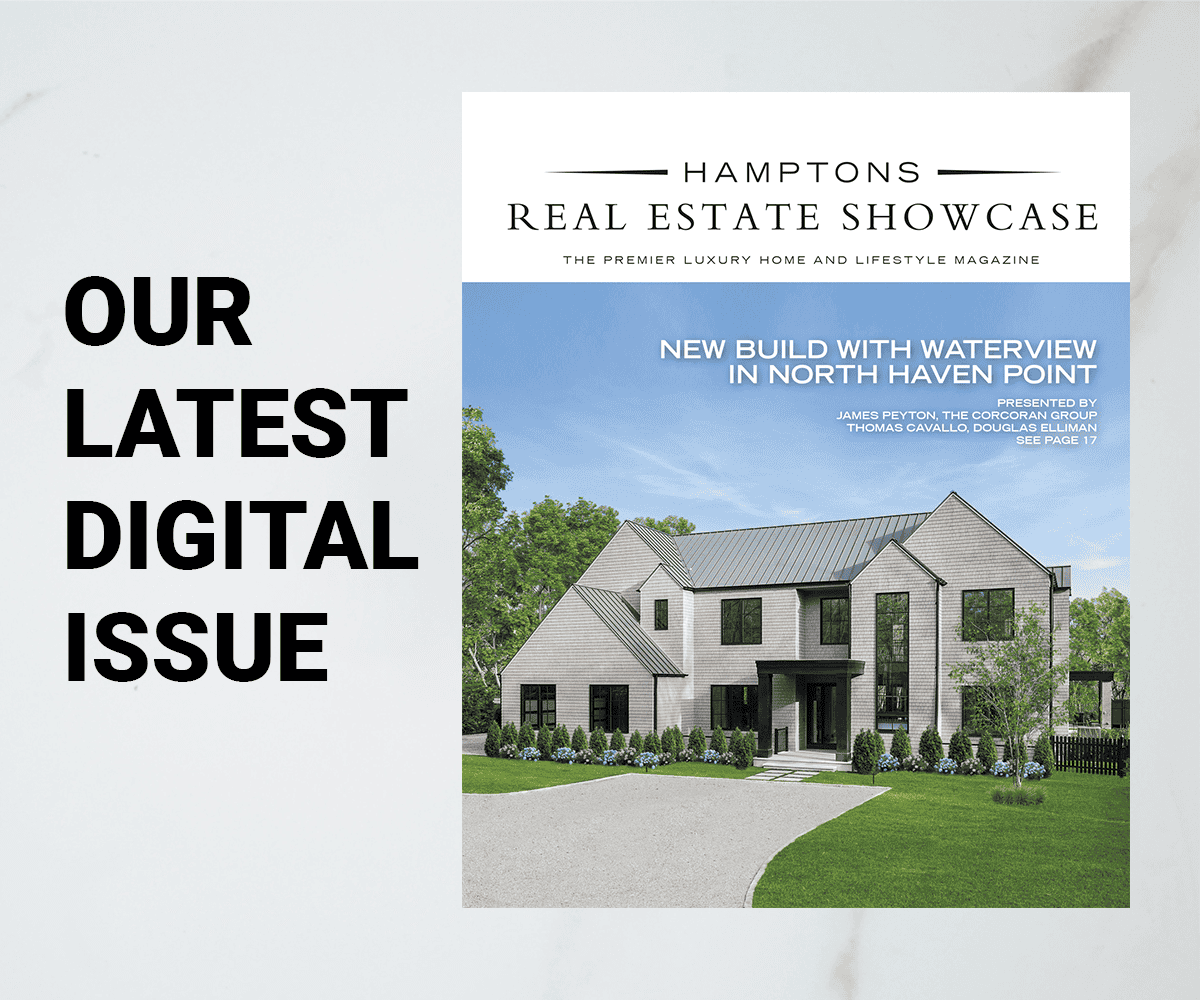
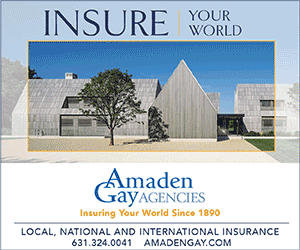

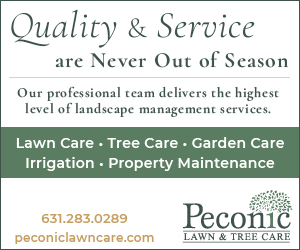
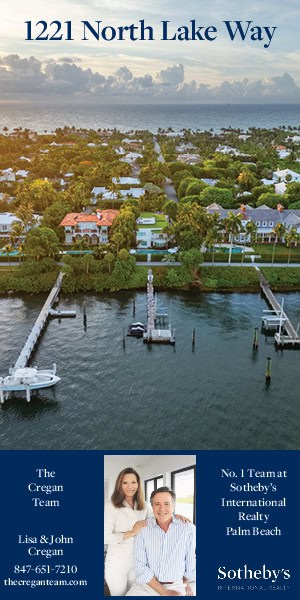
![The perfect combination of a reinterpreted Hampton shingle-style residence with a desirable, south-facing, bordering reserve location is found at 3 Grace Court in Water Mill. The bright home with its open floor plan blends easily the spacious interior with the expansive outdoor living and entertaining spaces. Represented by Peter Huffine and the @leightoncandler_team of @thecorcorangroup. [link in bio]](https://hamptonsrealestateshowcase.com/wp-content/uploads/sb-instagram-feed-images/472509500_18485481598030135_7028950388460928652_nfull.webp)
![With ocean access seconds away, the Atlantic’s gentle waves and refreshing ocean breezes create a natural soundtrack for everyday life. Set on 1.84± acres with 140± ft. of prime frontage along Shinnecock Bay, this 5,092± sq. ft. contemporary home embodies refined coastal living. Represented by @pattyandbriansellthehamptons of @hamptonsrealestate. [link in bio]](https://hamptonsrealestateshowcase.com/wp-content/uploads/sb-instagram-feed-images/472769890_18485303518030135_110036430985429876_nfull.webp)
![Situated on 2.85± acres of peaceful bliss, 7 Fourteen Hills Court checks all the boxes for a country getaway in Southampton with water vistas and show-stopping sunsets. Gorgeous views of Little Peconic Bay and Noyac Bay are featured from almost every room, while French doors lead outside to the outdoor kitchen and heated gunite pool. Represented by @cynthiabhamptons of @brownharrisstevens. [link in bio]](https://hamptonsrealestateshowcase.com/wp-content/uploads/sb-instagram-feed-images/472525103_18485112949030135_2928941838010918550_nfull.webp)
![Step into a realm of unparalleled design with this one-of-a-kind 10,000± sq. ft. modern marvel at 145 Neck Path. Engineered by Jeff Smilow, the structural genius behind NYC's One World Trade Center, this home redefines the art of living. Represented by @jennylandeydoubleagent, @zack.dayton, and @ethandayton of @sothebysrealty. [link in bio]](https://hamptonsrealestateshowcase.com/wp-content/uploads/sb-instagram-feed-images/472767153_1070015938141774_4912539490993255940_nfull.webp)
![Paris is always a good idea 🇫🇷 It’s more than a destination, you fall in love with the city. As magical as it is, there are times it can turn on you when it rains incessantly, or you’re crammed into the Metro like a sardine. But then you emerge and see something magnificent like the illuminated towering column in the Place de Bastille. And voila! You’re in Paris! [link in bio]](https://hamptonsrealestateshowcase.com/wp-content/uploads/sb-instagram-feed-images/472413983_611189374633053_4657674185569544496_nfull.webp)
![About a year ago, a fan of @abbyleigh_designs Instagram asked if she would be up for decorating an almost 10,000± sq. ft. shingle-style house in Water Mill. The property belonged to the fan’s mother-in-law and the plan was to create a serene family home for summers and weekends. Before she heard the particulars, Gruman found herself readily agreeing to take the project on. [link in bio]](https://hamptonsrealestateshowcase.com/wp-content/uploads/sb-instagram-feed-images/472301895_1637823326822521_3655133034966629287_nfull.webp)
![Two top agents at @douglaselliman are jumping ship for @sothebysrealty! Mother-daughter pair @michaela.keszler and @paulina.keszler, who specialize in the Hamptons, announced their departure from Elliman on Monday. In total, the pair has closed over $200M in deals in the last two months. [link in bio]](https://hamptonsrealestateshowcase.com/wp-content/uploads/sb-instagram-feed-images/472220806_3497219193917304_1860359757718693207_nfull.webp)

